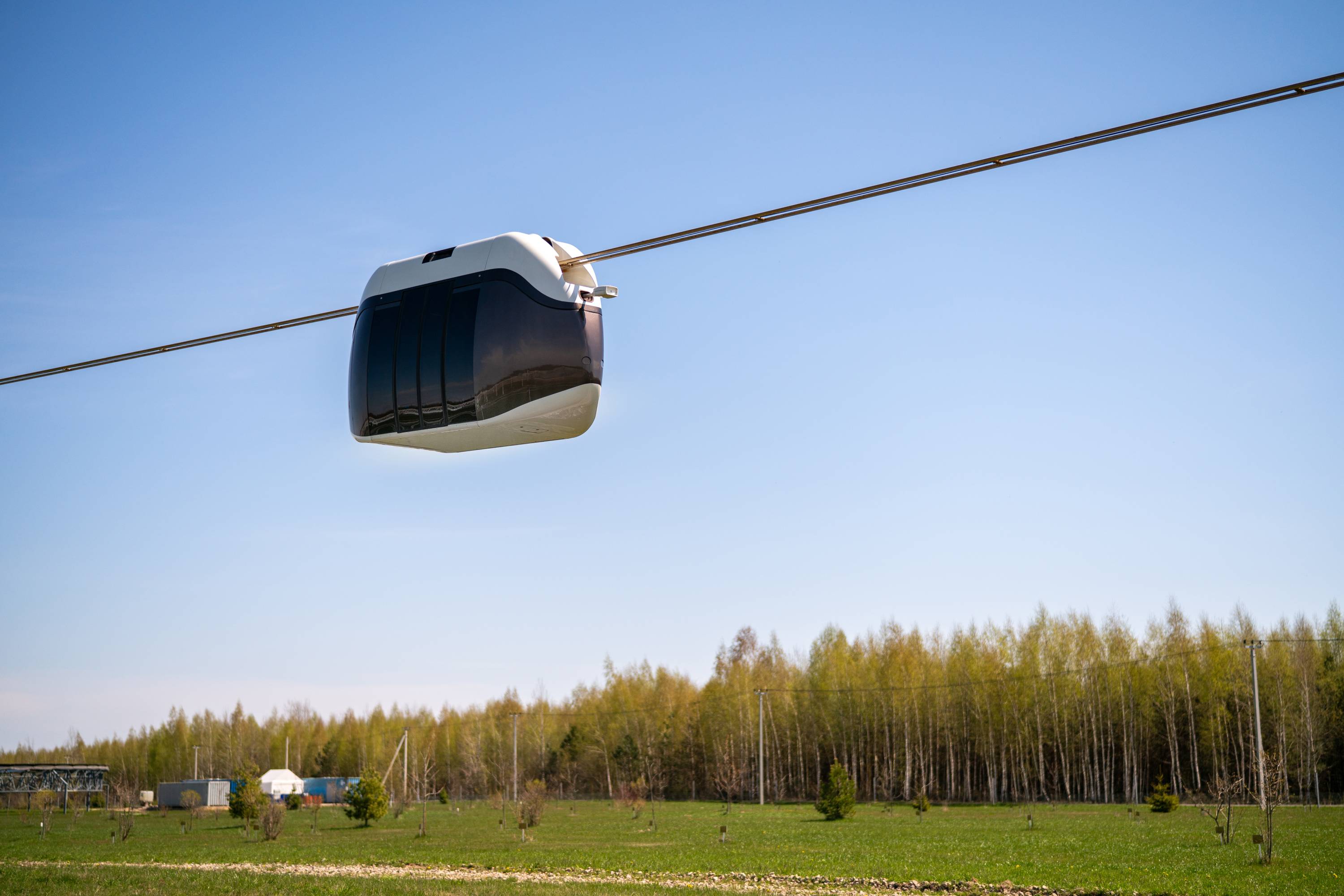Norway’s Shift to Electric Vehicles: An Eco-Friendly Future or a New Illusion?
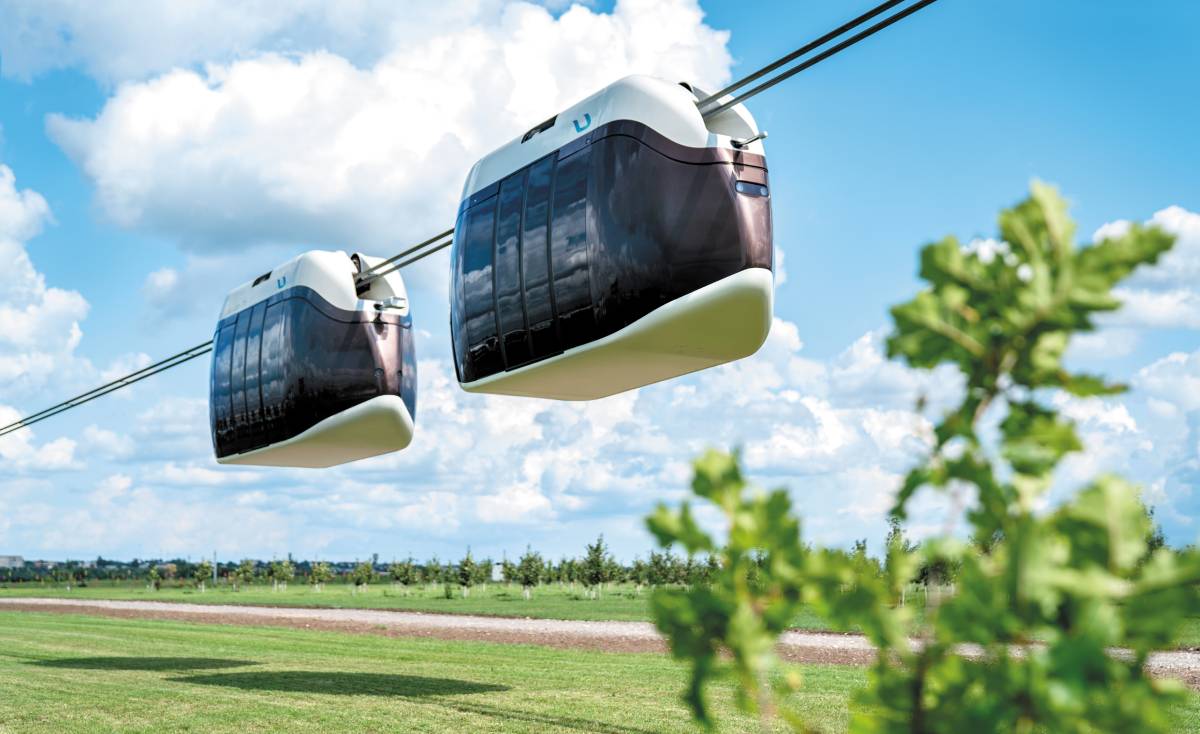
In 2025, Norway will become the first country in the world where almost no internal combustion engine (ICE) vehicles are sold. Electric vehicles (EVs) already occupy more than 93% of the market, and their sales continue to grow. This seems like an important step towards an eco-friendly future. However, a deeper look reveals that this path is not without compromises and missed opportunities.
Progress with Caveats
Norway’s example shows that economic incentives, developed infrastructure, and government support can accelerate changes in the transport sector. Over several years, the country has significantly increased the number of charging stations, the number of available EV models has grown from 10 to 160, and the share of ICE vehicles on the roads has decreased.
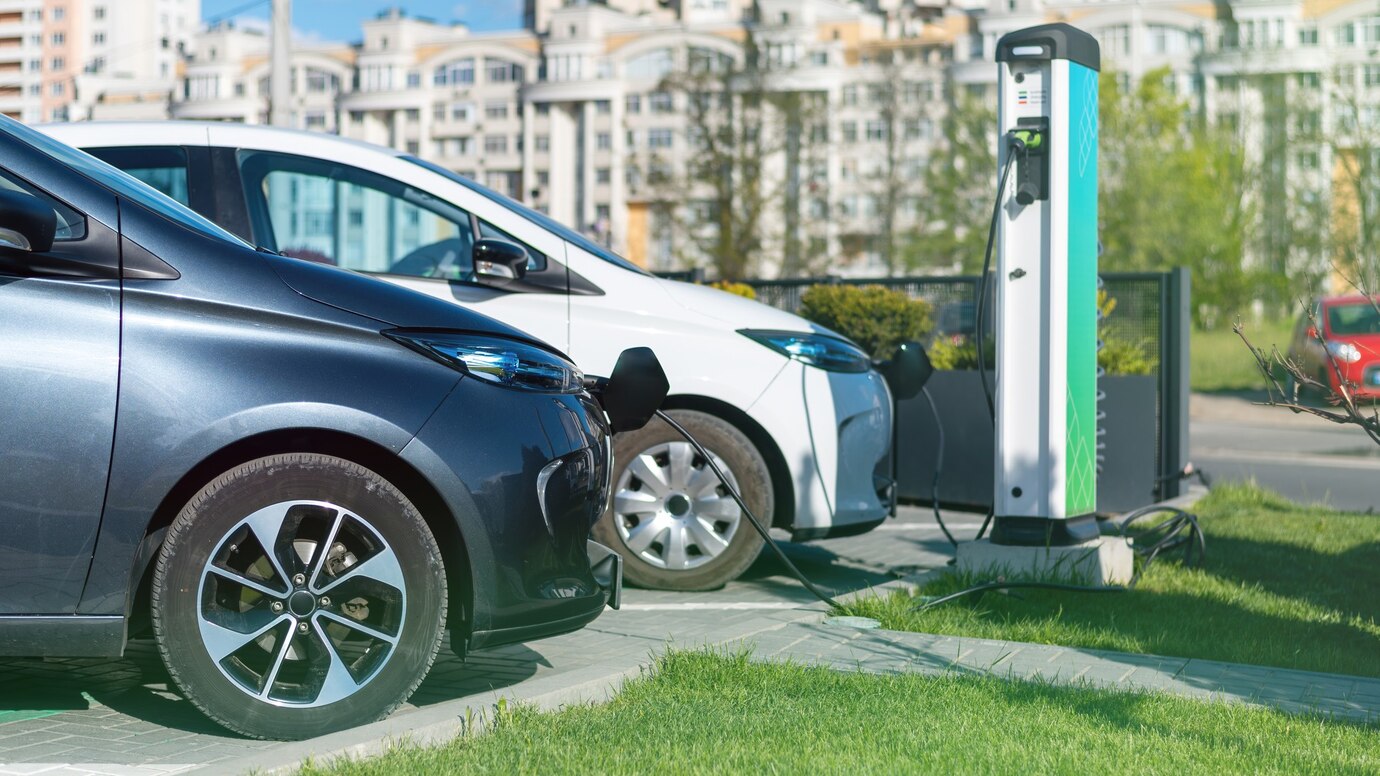
But the question arises: how truly eco-friendly is this transition? The production of a large number of EVs, each carrying an average of two to four people, requires a significant amount of rare earth metals, the extraction of which negatively impacts the environment. Moreover, despite the active use of renewable energy sources, a significant portion of the world’s electricity is still generated from coal and gas power plants. This reduces the real environmental efficiency of EVs.
uST Transport as a More Sustainable Solution
Unlike traditional EVs, string rail transport offers a completely different approach to solving the mentioned problem. This is an above-ground transport system that not only eliminates carbon dioxide emissions in its operation but also requires minimal environmental intervention.
Why is uST a more eco-friendly and efficient choice?
- Minimal impact on nature. The string rail track structure runs above the ground, preserving the natural landscape. The construction requires minimal land, avoiding deforestation, terrain changes, and soil pollution.
- Energy efficiency. uPods have a larger capacity while consuming significantly less energy to transport passengers. The transport can also carry cargo. The secret of efficiency lies in moving above the ground, the aerodynamic shape of the transport, and the use of steel wheels moving on special steel rails. These and other features of uST solutions minimize resistance and energy loss.
- Environmental cleanliness. uST transport is fully electric but consumes less energy than EVs.
- Durability of infrastructure. The string rail overpass is designed to operate for decades, reducing repair and maintenance costs compared to traditional roads.
Room for Improvement
Norway’s efforts to reduce harmful emissions are commendable, but the world needs deeper solutions that change not only transport but also our attitude towards the planet. The chosen approach involves replacing one type of transport with a similar one, rather than fundamentally rethinking transport systems. As a result, high electricity consumption, destruction of natural areas during the construction of new tracks, and other environmental problems will not lose their urgency.
uST technology allows for the creation of routes that organically integrate into the environment without destroying it, avoiding the need to lay millions of kilometers of roads or build charging infrastructure. To truly solve the problems of emissions, congested roads, and resource depletion, a deeper transformation of the industry is needed. uST transport is an example of what the next step could be: efficient, eco-friendly, and safe.
More news

Interviews
11 November 2022
Every Detail Is Important: Who Creates the Documents for the Operation of uST Transport?
The Technical Documentation Design Office develops documents for the operation of uST Transport and Infrastructure Complexes. They help to use transport safely and efficiently and speed up the certification process. How is the work of the Design Office built? Find out in the article about this division of Unitsky String Technologies Inc.
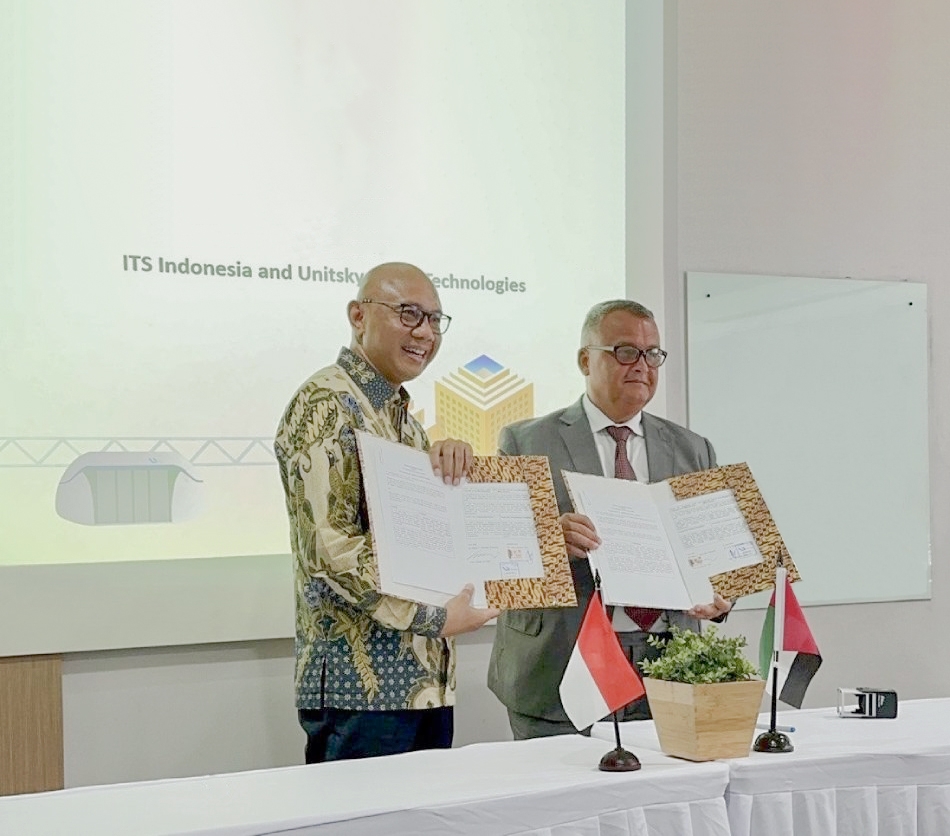
News
3 November 2022
Unitsky String Technologies Inc. Has Signed an Agreement in Indonesia
UST Inc. and ITS Indonesia (Intelligent Transport System Indonesia) have signed an agreement for the development of uST Technology in the capital of Indonesia.
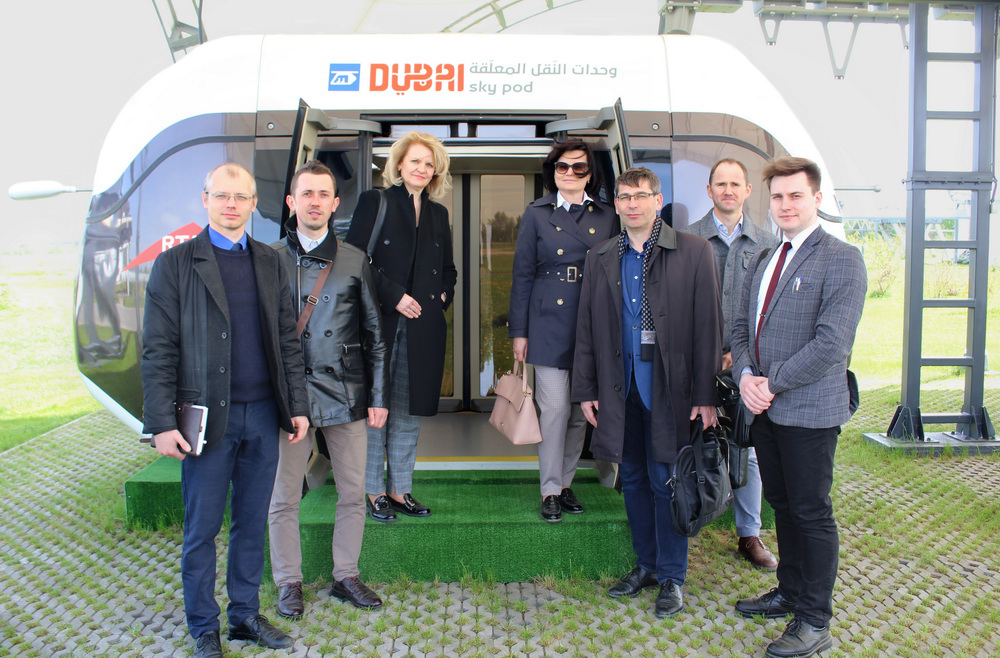
News
3 Junе 2022
Unitsky String Technologies Inc. Visited by a Delegation of One of the Technological Universities of Belarus
Representatives of Vitebsk State Technological University (VSTU) visited the main office of Unitsky String Technologies Inc. in Minsk. In addition, the guests visited the production facility and got acquainted with the capabilities of the uST transport and infrastructure complexes in the EcoTechnoPark.

